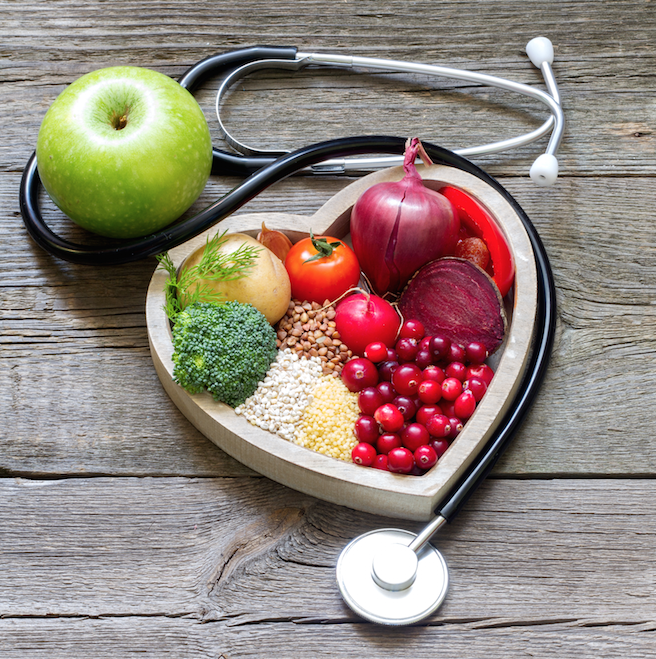
Eating a well-balanced diet is a key component of living a long, healthy life. Many Americans think that eating healthy means they have to empty their wallets, which isn’t necessarily the truth. Keep the following money-saving tips in mind next time you’re grocery shopping:
• Make a weekly meal plan. Before you go to the store, think about what meals and snacks you want for the
week. Read recipes thoroughly so you can make an accurate list of everything you need, reducing the risk that you’ll have to run back to the store later in the week.
• Create a list—and stick to it. Make a detailed list of what you need to buy before you go to the store. When you get to the store, don’t buy anything besides what’s on the list.
• Plan where you’re going to shop. Many grocery stores run sales or offer coupons for various healthy foods. Check out the ads and plan your grocery list around what’s on sale.
• Don’t go grocery shopping when you’re hungry. According to the Journal of the American Medical Association, going grocery shopping when you’re hungry can cause you to spend more money than you initially planned to and can increase the odds that you’ll buy unhealthy options.
• Cook at home as often as possible. Many foods prepared at home are cheaper and more nutritious than fast food. Go back to the basics and find a few simple and healthy recipes that your family enjoys.
• Buy in bulk. For healthy, non-perishable items, it might be more cost-effective to purchase them in bulk. While the initial cost may be more expensive, doing so could help you save money in the long-run.
• Shop seasonally. Fresh fruits and vegetables are usually easier to find and maybe a lot less expensive when purchased in season. Click here for pdf


















